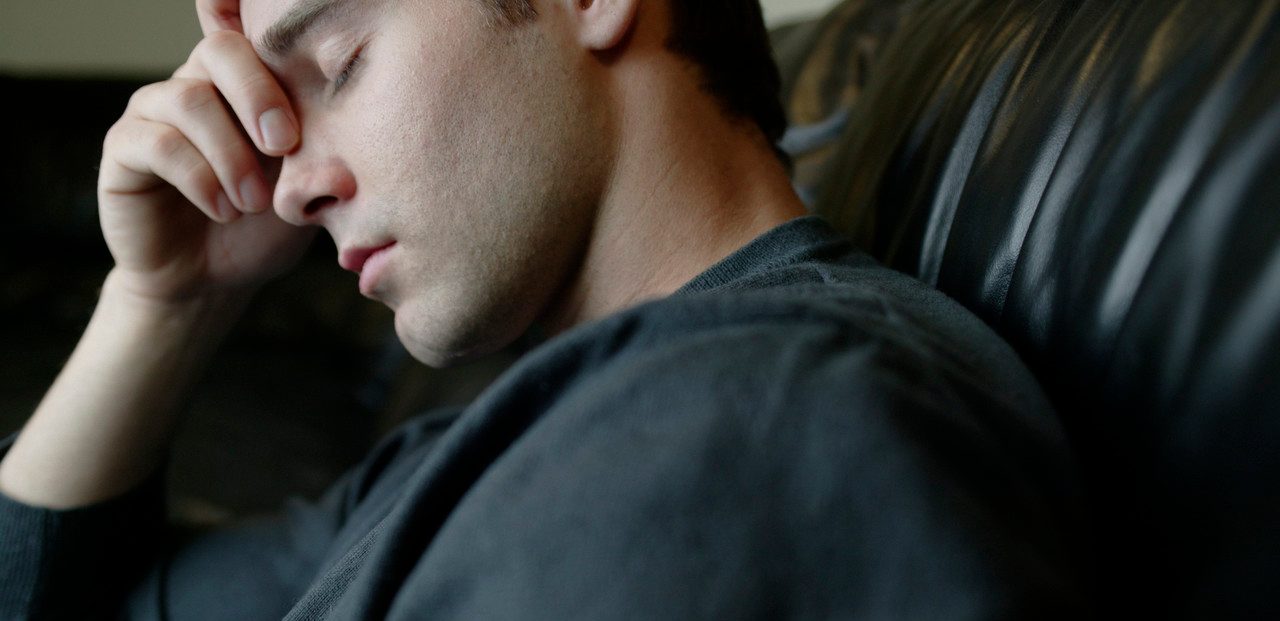Magnetic Therapy for Severe Depression

If first-line treatments for depression don’t help, you still have options, including a treatment with powerful magnets. Here's what you should know.
Medication is the main tool in the psychiatric toolbox. But diet, sleep, exercise, and evaluation of your thoughts about your illness and past play a role, too. If you have tried more than one kind of medication and don’t find relief, you may have what’s called treatment-resistant depression.
You still have options, beyond psychotherapy. You may have heard of electroconvulsive therapy (ECT), a longstanding treatment that can damage memory in a significant chunk of cases. More recent approaches for people with severe cases include vagus nerve stimulation, deep brain stimulation, and transcranial magnetic stimulation (TMS).
YOU MIGHT ALSO LIKE: Poor Sleep Blocks Depression Treatment
TMS is a noninvasive form of brain stimulation, first invented 40 years ago. Although scientists are still investigating exactly why it works, the Food and Drug Administration has approved three TMS protocols for treatment of major depression. It's possible it might work best combined with ketamine, a relatively new medication.
For those who respond, relief often lasts for six to nine months, and you can return for extra sessions. You may need to continue with medication and psychotherapy.
TMS involves having a curved device placed against your scalp, while you’re awake. Your brain receives short but intense magnetic pulses that generate an electrical current. The pulses are typically centered on your left prefrontal cortex, an area of the brain that shows abnormal electrical activity in depressed patients.
The theory is that the magnetic pulses spread to deeper areas of the brain that affect mood. Repeated treatments over the course of four to six weeks may stabilize neurons connected to your depression.
The treatment requires no anesthesia, and patients tend to tolerate it well compared to side effects of medication or ECT. The most common side effect of TMS is a headache. Seizures may occur, but they are rare. It may not be appropriate for people with epilepsy, a history of head injuries, or neurological problems.
Stanford Accelerated Intelligent Neuromodulation Therapy involves the delivery of a certain number of pulses in fewer than 10 minutes, every hour, 10 times a day for 5 days. You will receive 50 treatment sessions equivalent to 90,000 pulses in five days. Brain scans guide the location to which the pulses are targeted. By the end of treatment, 19 of 21 volunteers had experienced enough relief to be considered in remission as measured by a depression scale.
In a follow-up study, 14 volunteers received the treatment, while 15 had a sham treatment. After a month, depression symptoms scores were lower by about half in the treated group. The sham group scores improved only 11 percent.
Sharon Gray, speaking under a pseudonym with the American Psychological Association, became one of the first TMS patients in the U.S. in 2007. For decades, therapy and antidepressants had left Gray struggling with mild depression and bouts of severe depression.
Halfway through a month-long course of the treatment, she had “miraculous improvements.”
"I went to sleep on a Tuesday night depressed and woke up Wednesday morning not depressed,” she said. She was motivated to go jewelry shopping to celebrate, even though for a long time she hadn’t been interested in her appearance.
Gray had tried ECT but stopped after she had memory loss. "I have no recollection of that entire two-plus weeks," she said. "I live alone, and it was scary."
Gray had a second course of TMS following a relapse in depressive symptoms about six months after her first treatment. She felt better again, but her improvement wasn’t as great as the first course.
YOU MIGHT ALSO LIKE: How Acceptance Can Help Your Depression
Updated:
January 30, 2024
Reviewed By:
Christopher Nystuen, MD, MBA and Janet O'Dell, RN